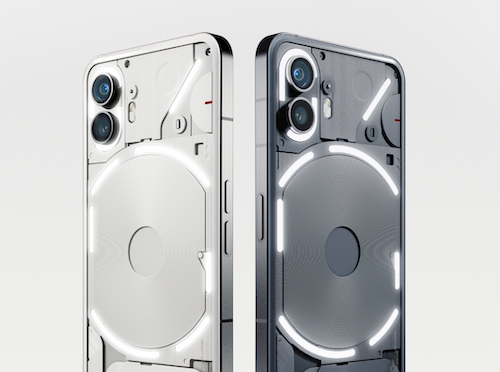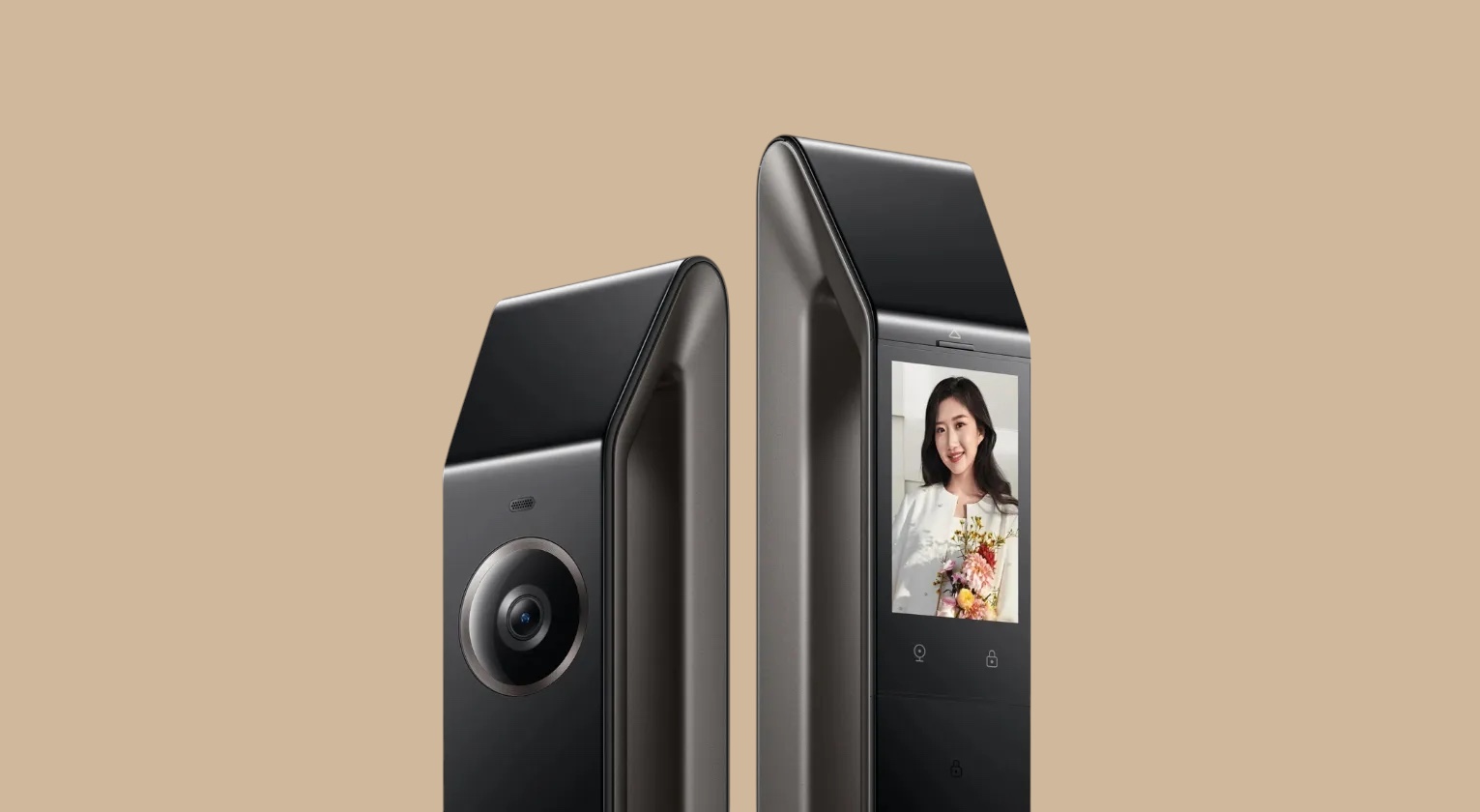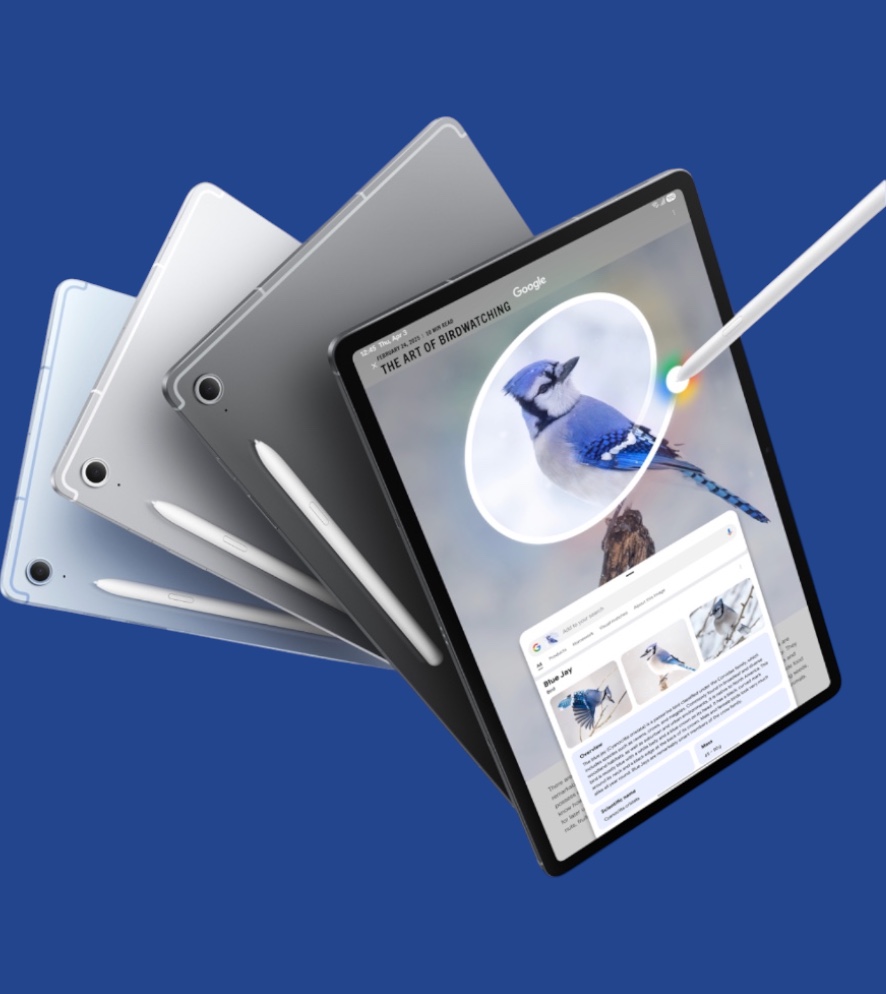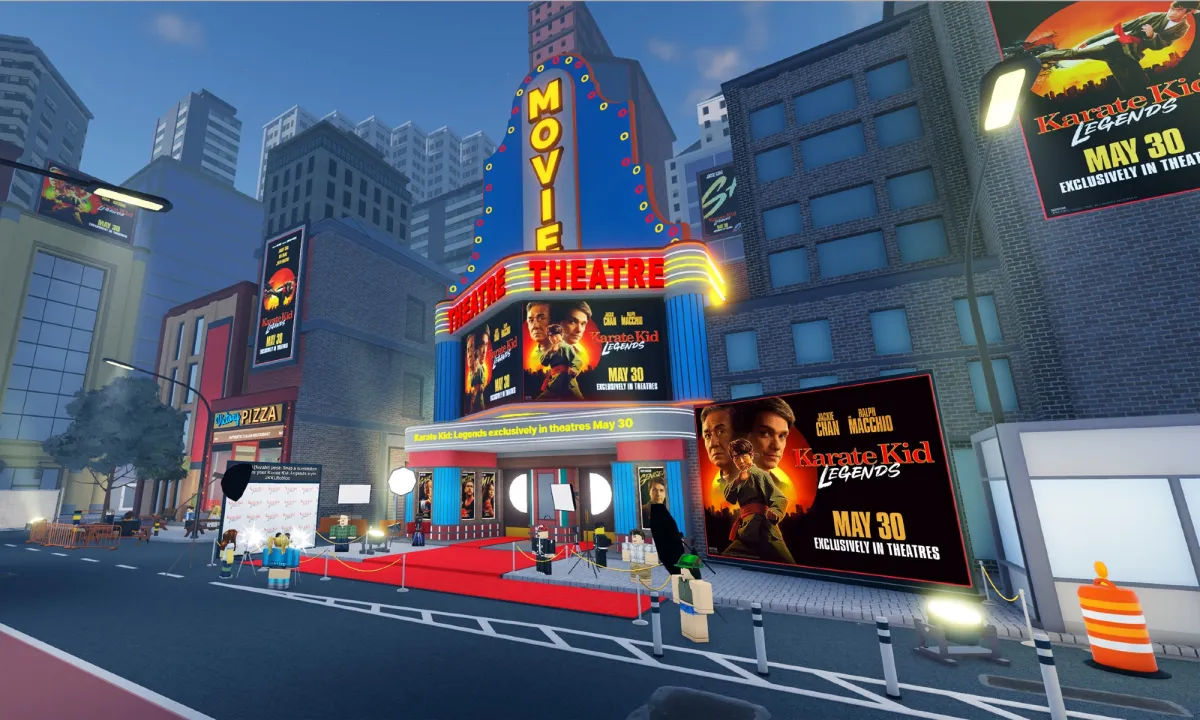The Phone 2 is the latest Android smartphone from Nothing, the London-based company that is looking to disrupt the smartphone industry by focusing on superior hardware + software experience. We took the phone (2) for a spin and this is what we can tell you.
First off, what’s in the box?

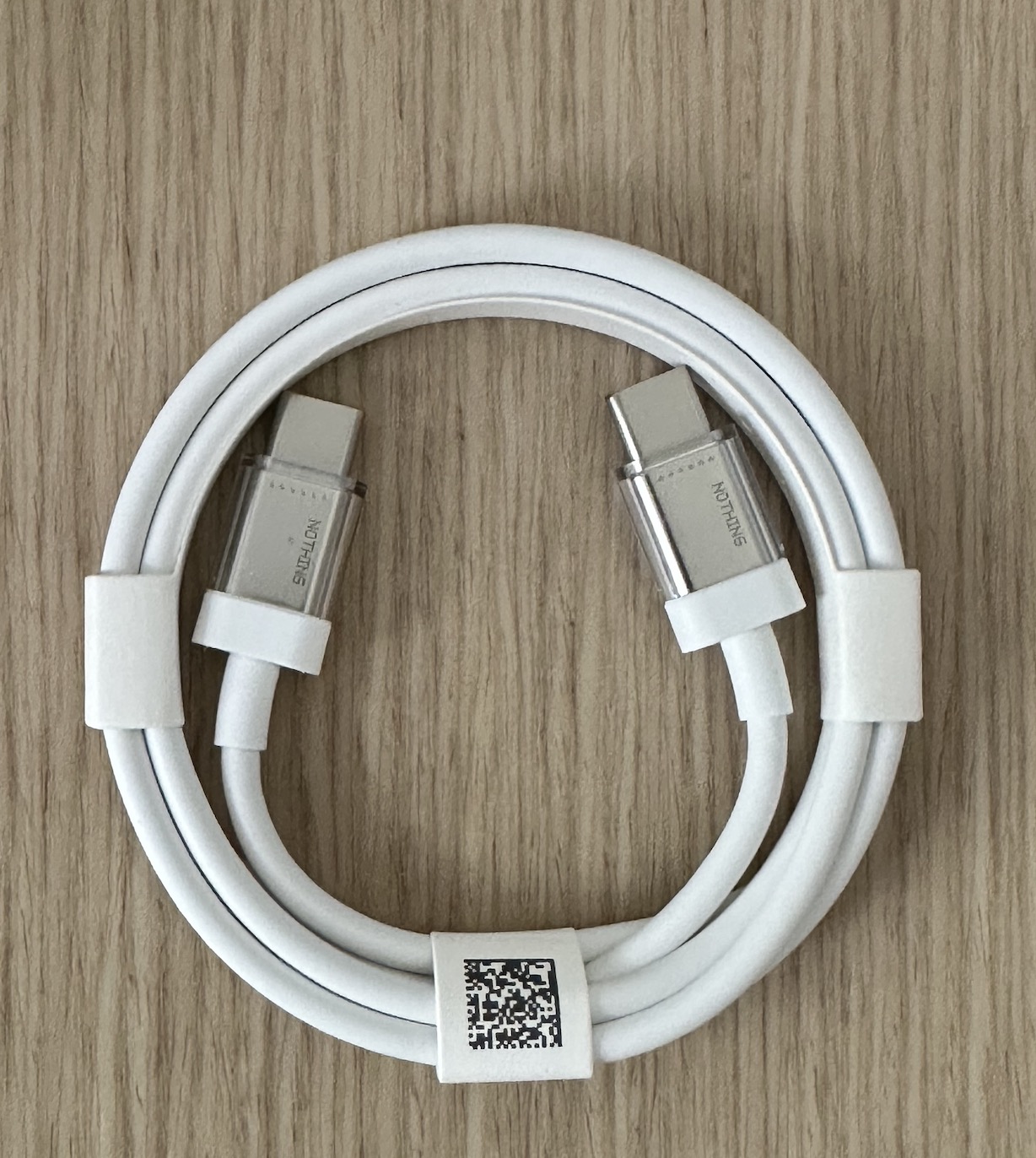

Straight away, you’ll notice that the Nothing Phone (2), retains its older sibling, the Phone (1)’s transparent back with its unique glyph design, which is arguable one of its best selling points. Honestly, this design is refreshing, and unlike anything you’ll find in the market today. It definitely turn heads.
Design & Display
The Phone (2) looks similar to the Phone (1) with flat sides and transparent glass back. The back is made from pillowed glass with really slick curves, which makes the phone a very comfortable device to hold and use, specially with its light weight which stands at 201 grams. Putting aside the standard camera module on the backside, the star of the show is of course the light show powered by the Glyph Interface containing the LEDs. On the sides, you have your volume rocker on the left side, power button on the right, sim tray, USB-C, and speaker on the bottom.
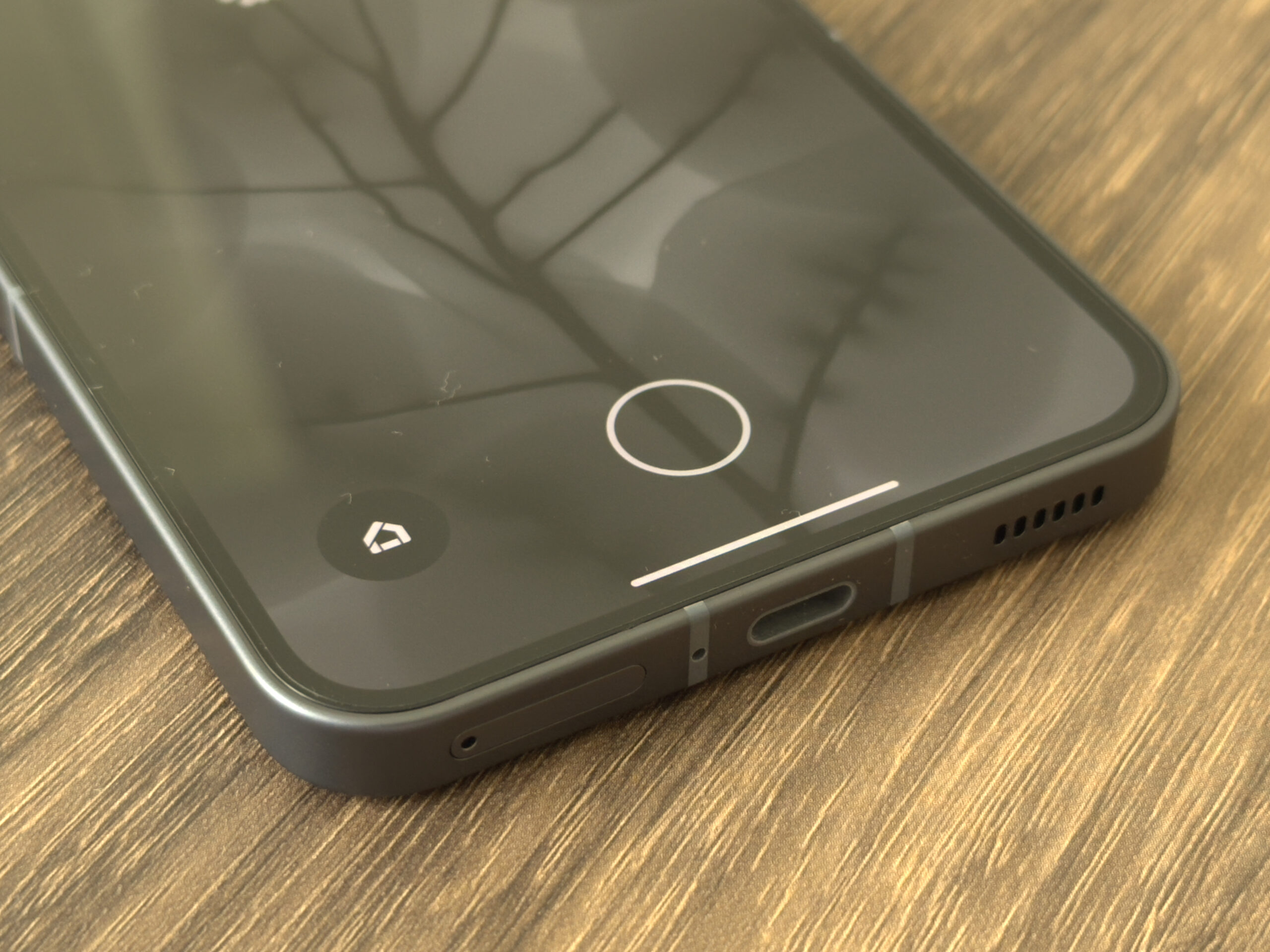
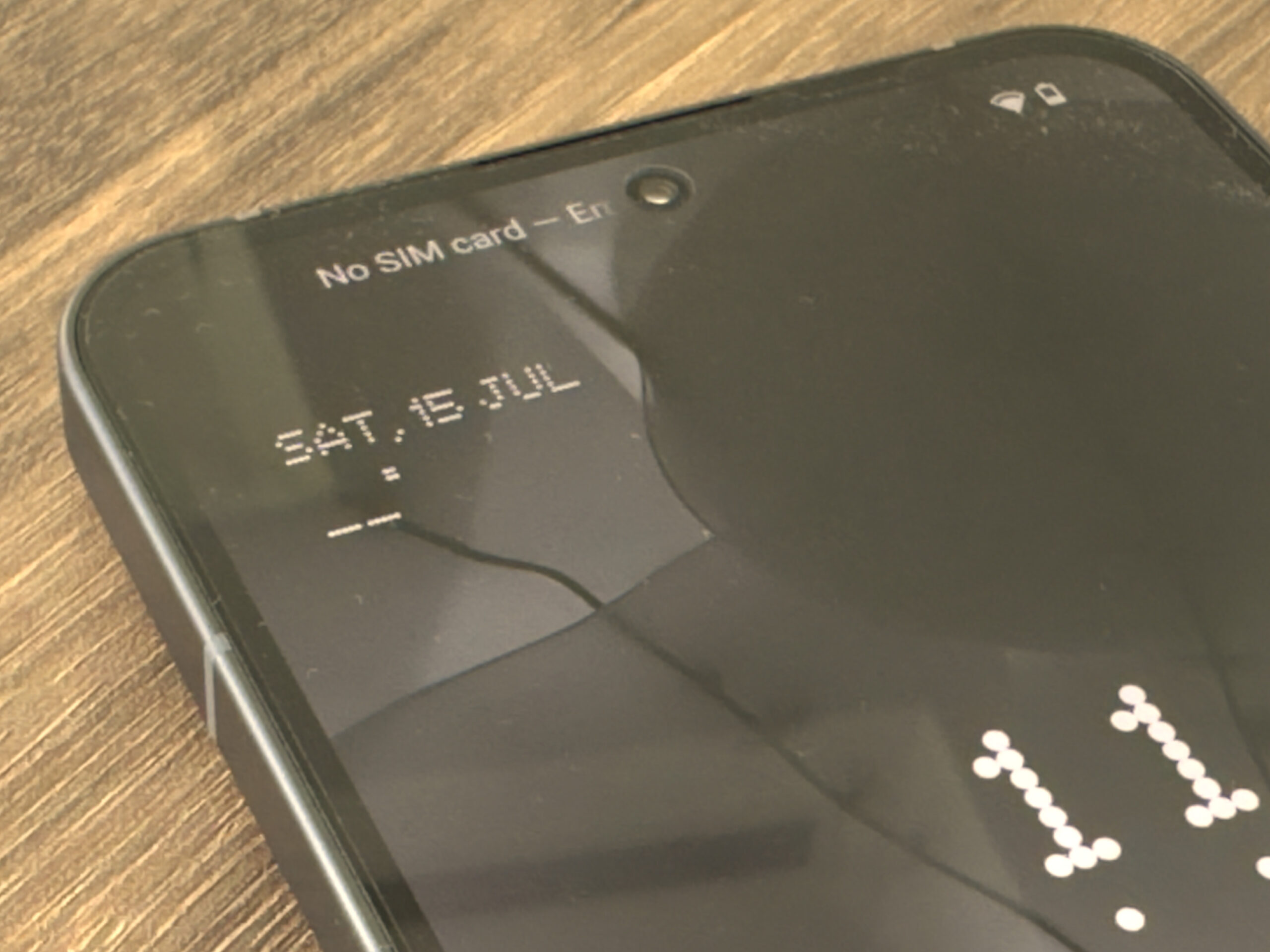

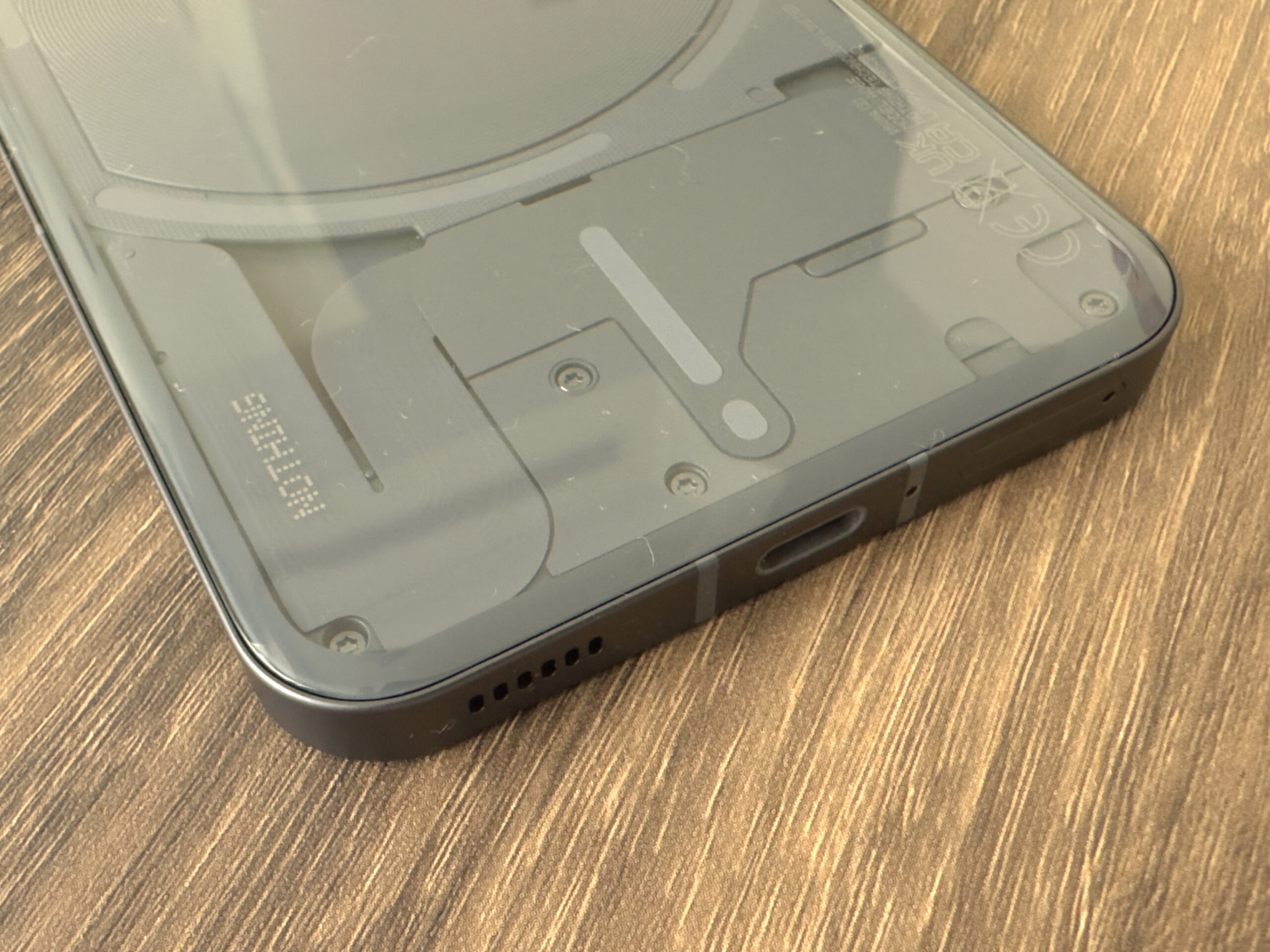
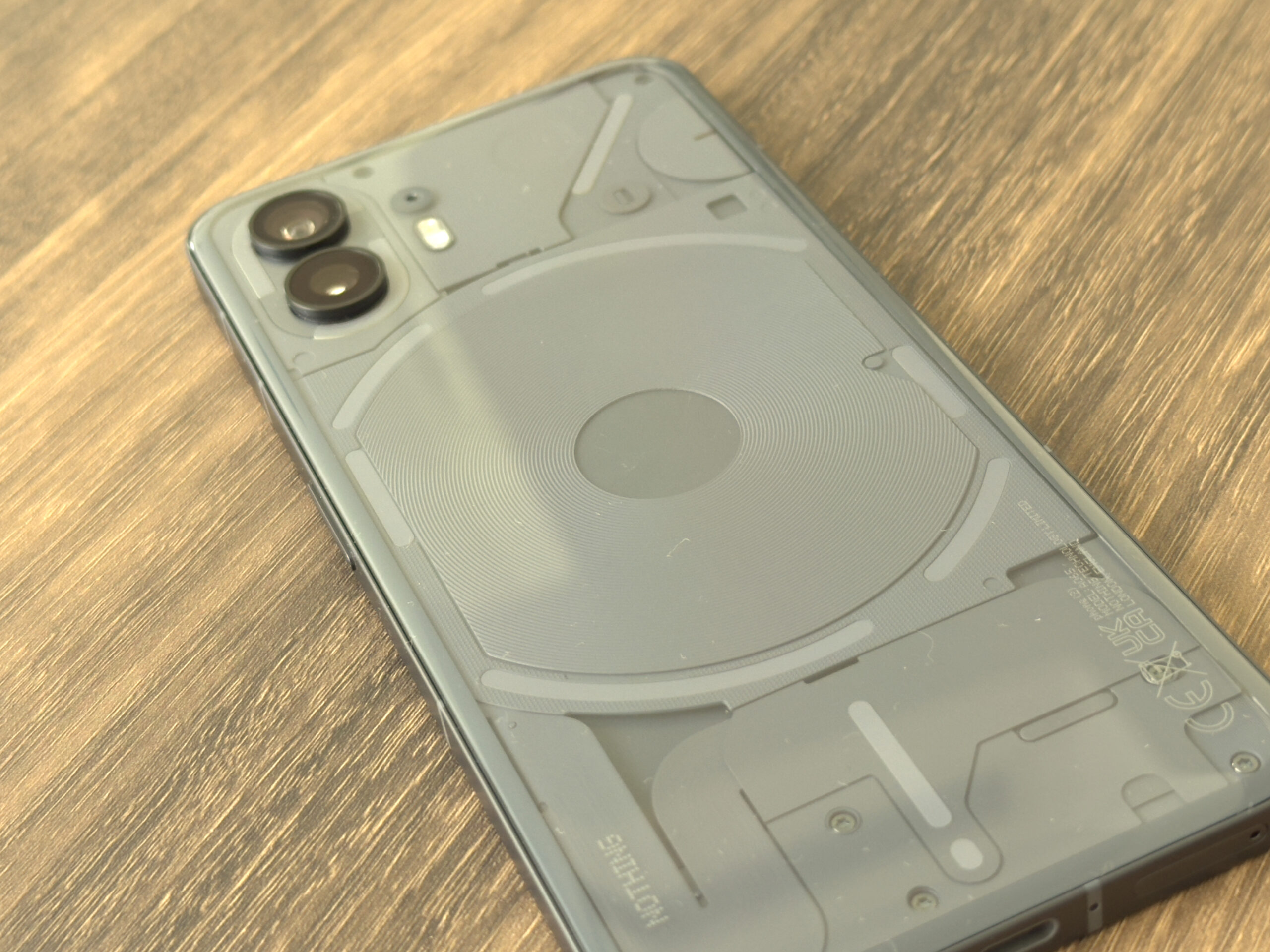

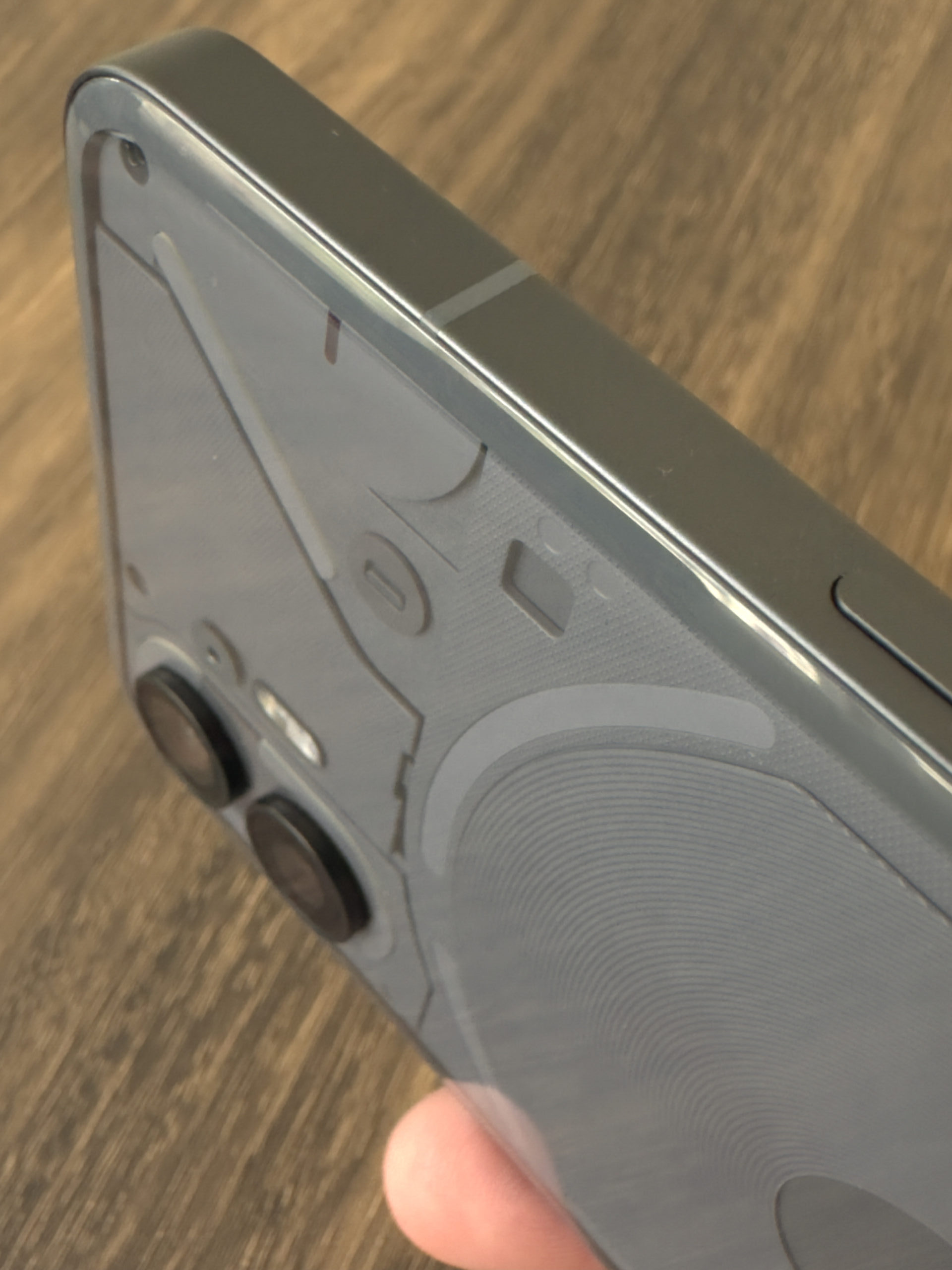

One of the main differences from Phone (1) to Phone 2, is the display size, with a 6.7” screen, compared to the 6.55” on the previous generation. Another change Nothing did this year, is the choice of colors, the Phone (2) comes in white and a new gray-ish style, which looks really good, and is surprisingly fingerprint resistant!
As we mentioned, the Phone 2’s display is a 6.7″, 1080p, 120Hz OLED panel with a hole-punch cutout for the selfie camera centered this time. Overall the screen is very bright with a peak brightness of 1,600 nits, and the colors are vibrant with superb viewing angles. There’s an optical fingerprint sensor near the bottom of the screen as well.

Circling back to the Glyph interface a bit. So, what does the Glyph Interface do?
You can assign different light and sound sequences for each contact and notification type. You can use the lights as a countdown timer, a battery meter indicator, a volume checker and your very own portable ring light. Nothing has also added a few new options, starting with the ability to configure essential Glyph notifications, which lets you focus on your tasks and only notify you on your selected apps or contacts. Additionally, there is also a new Glyph Composer which lets you tap each pad to trigger a different light and sound combination. Once you’ve found your rhythm, press record and create your very own Glyph Ringtones.

Software and performance
Software wise, Nothing’s customization of Android 13 is very similar to Phone (1), it feels very stock like, and nothing give you the option to choose between its own skin and stock look, which is great, I respect companies who give you the option to choose. Phone (2) mainly uses Google’s apps like Phone, Messages, Calendar, and more, and also has some Nothing-specific apps and widgets in the shape of the signature dot-matrix style.
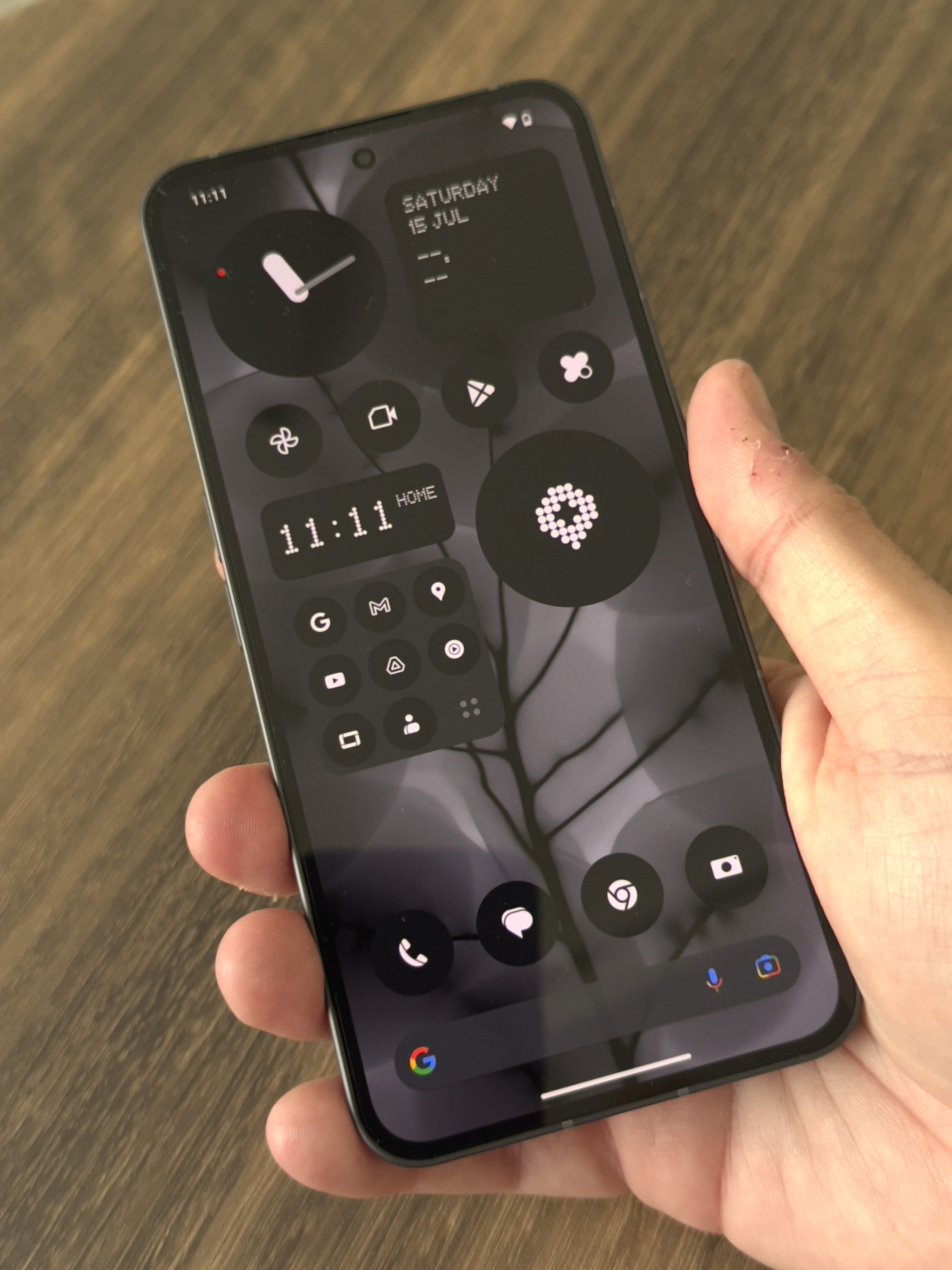
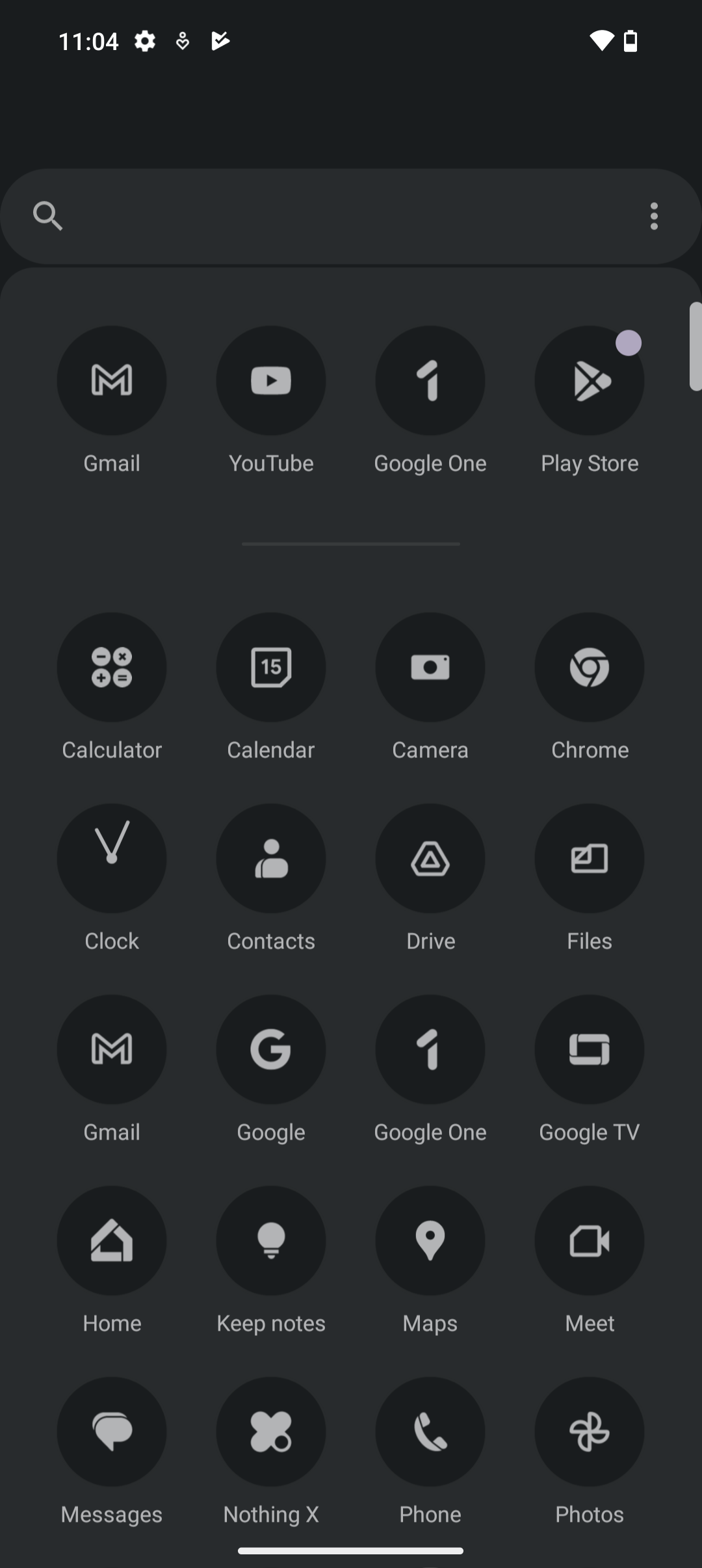
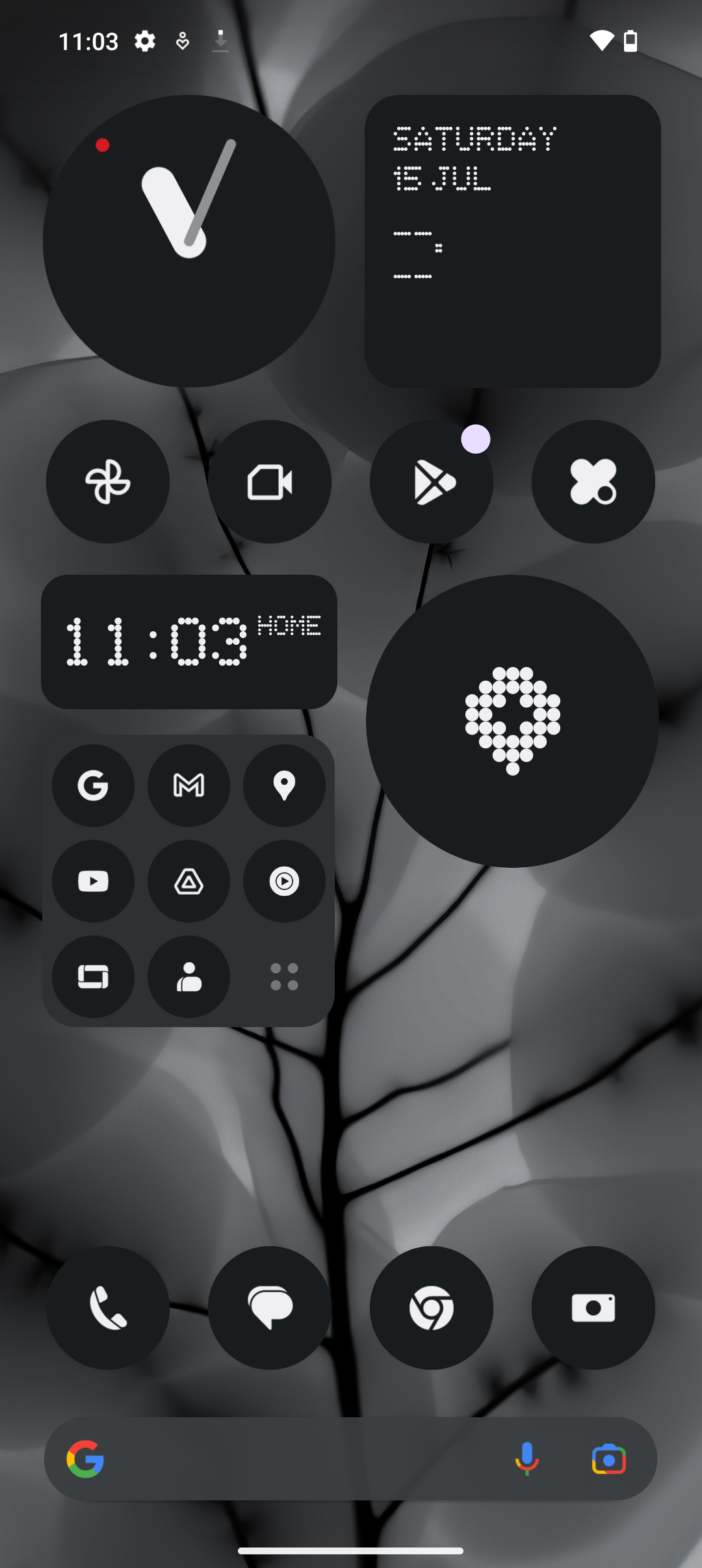
On the home screen, Nothing has also added options to make folders, and icons bigger, with one-tap access to folders, and four designs to choose from including one with a cover picture of an emoji. You can also put the quick settings as widgets on the home or lock screen. Bottom line, a ton of options to play around with.
Nothing is promising three years of Android updates, and four years of security patches.

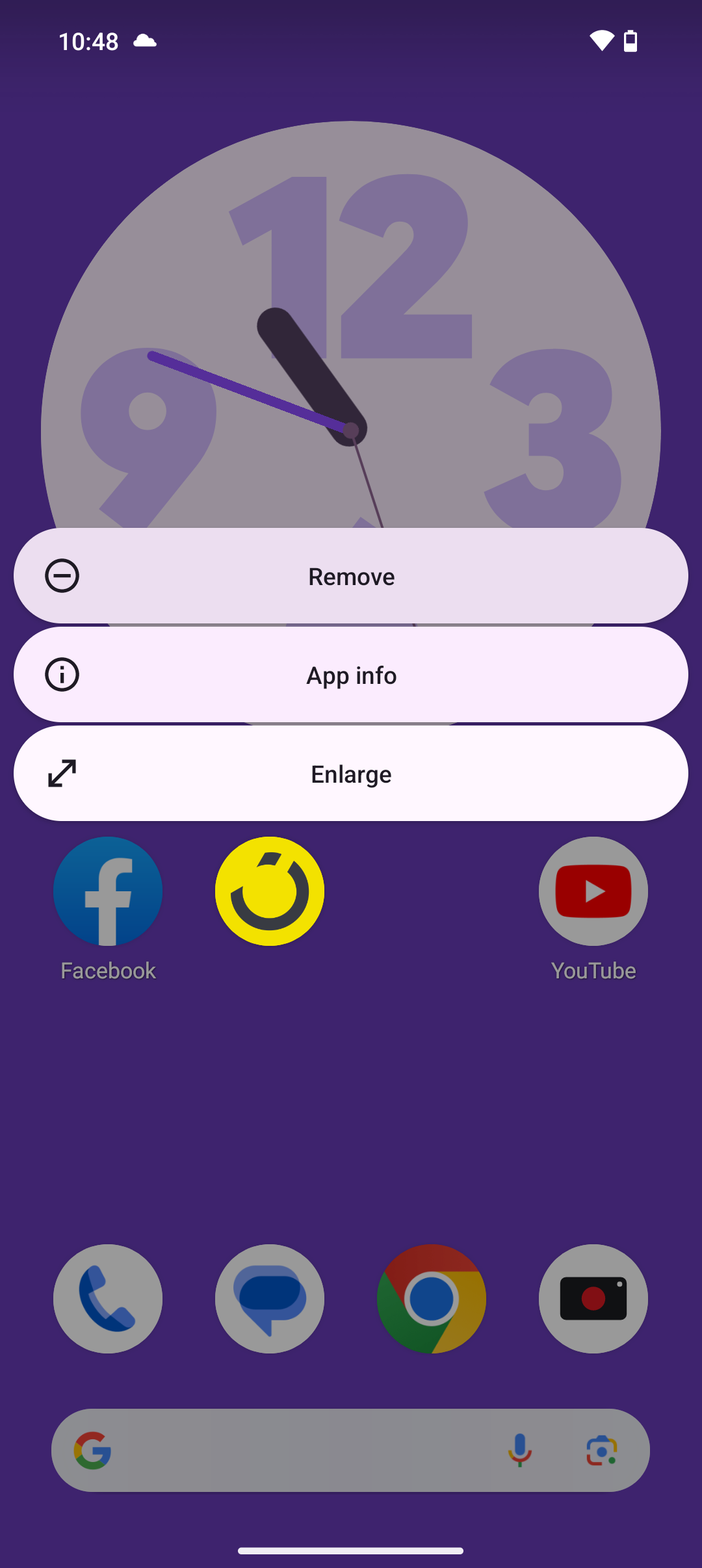
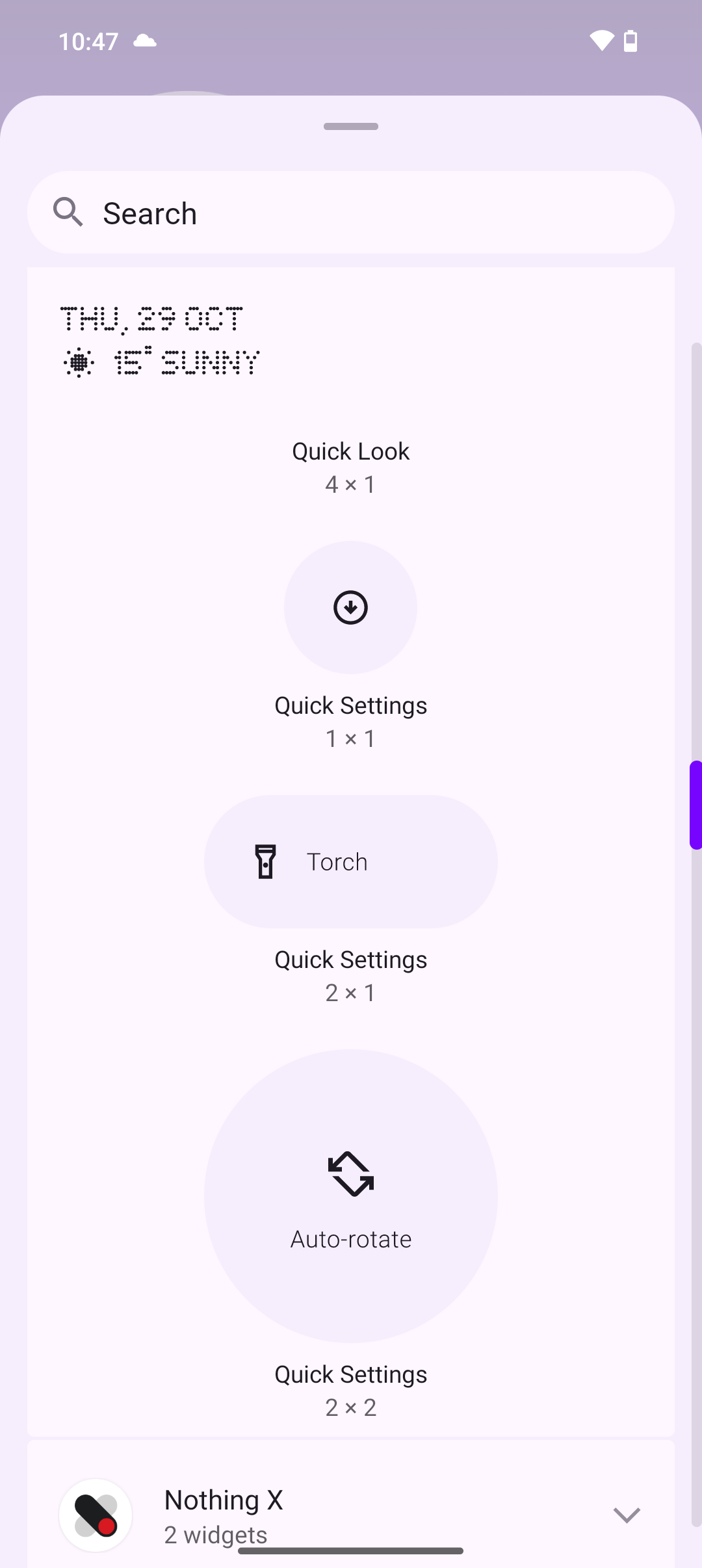
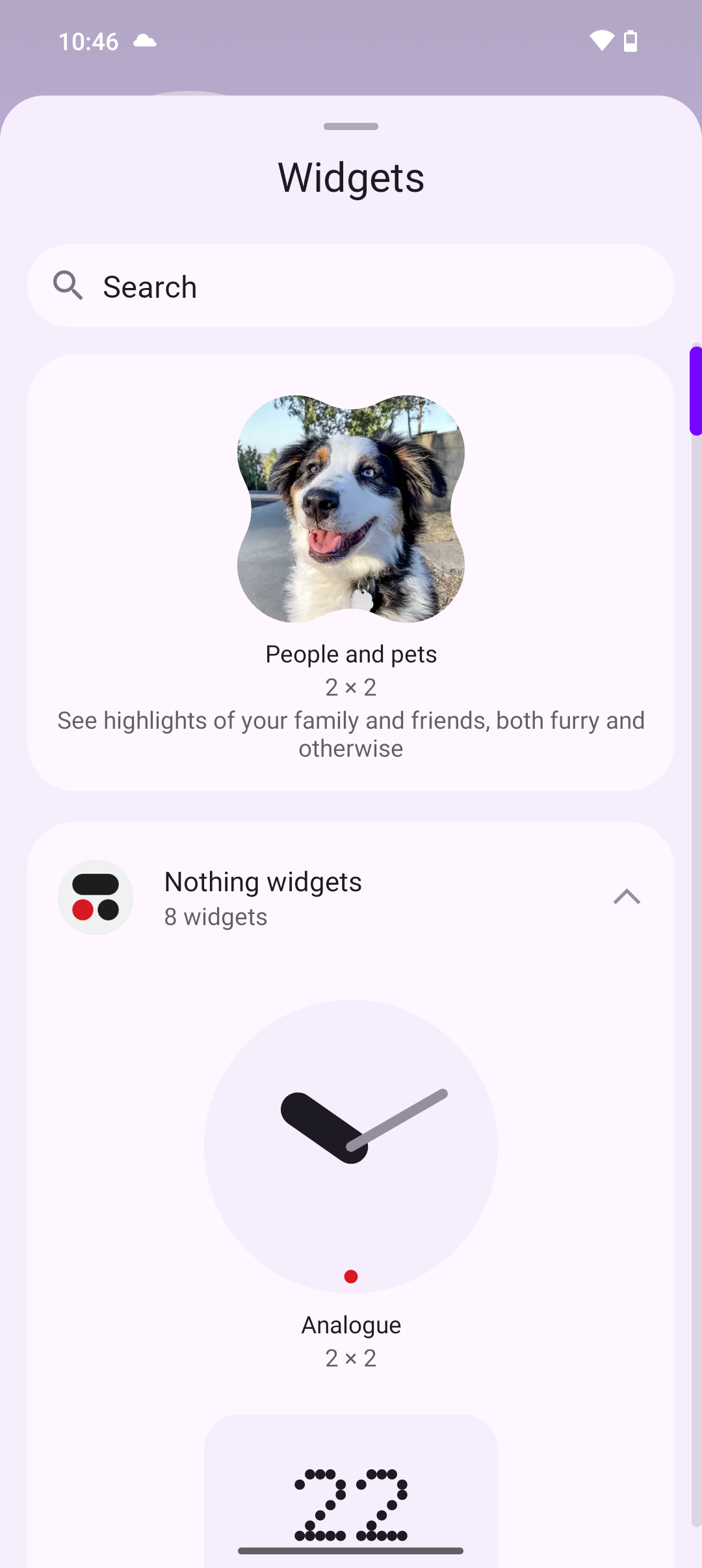
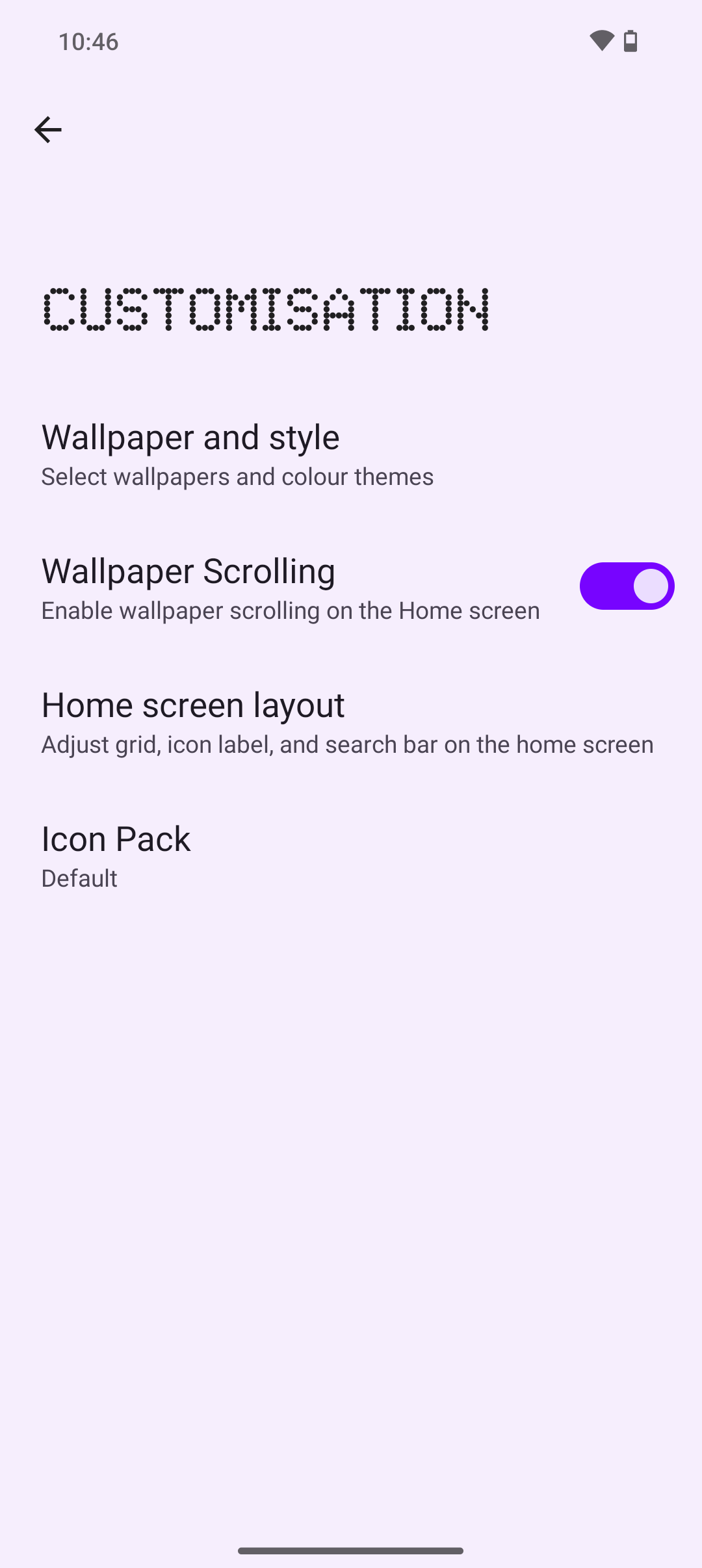

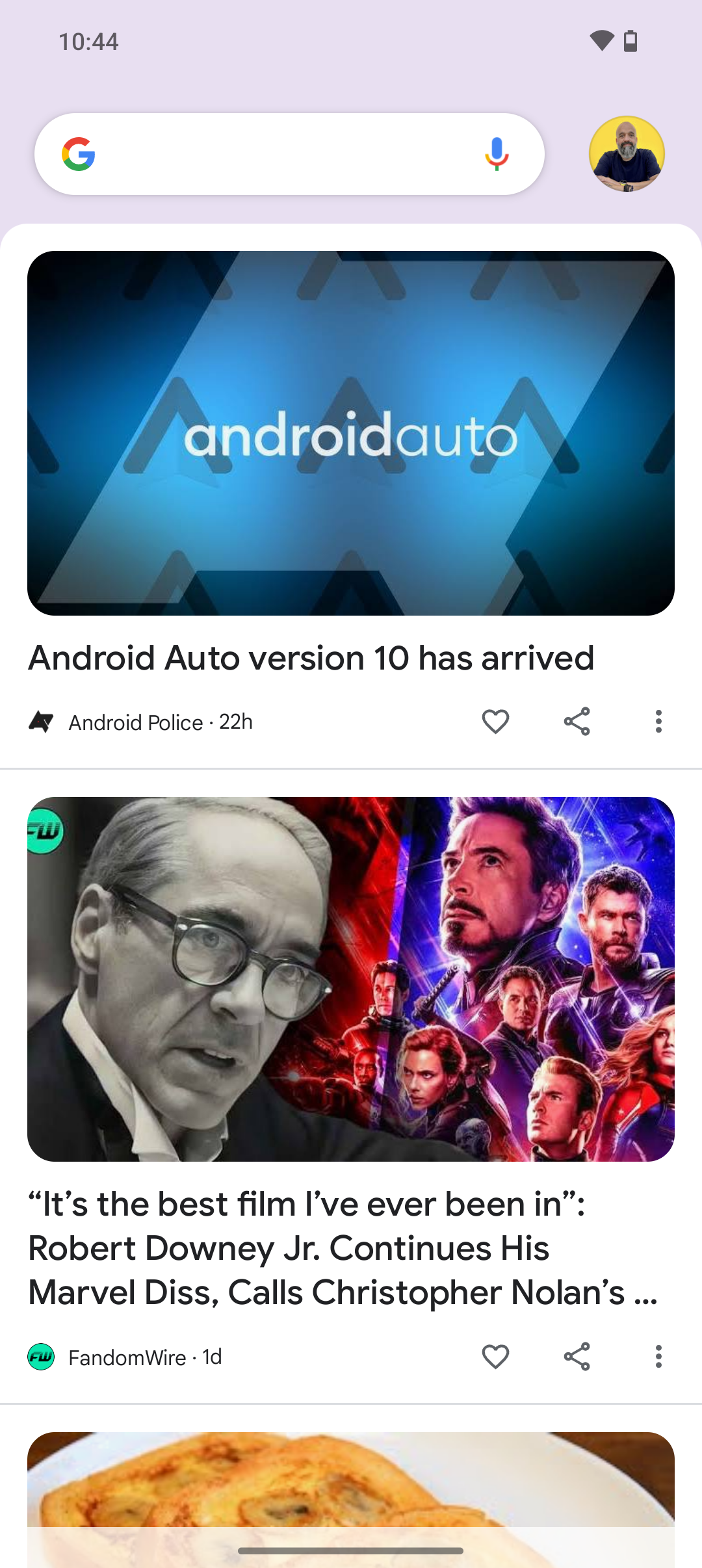

The Nothing Phone (2) is powered by a Snapdragon 8+ Gen 1 chipset with either 8 or 12 GB of RAM. The 8+ Gen 1 was Qualcomm’s 2022 flagship CPU, and although there is a newer chipset this year (Snapdragon 8 Gen 2), the phone is super fluid, very responsive while multitasking, and smooth. I have not seen the phone slow down during my test, even after throwning numerous tasks at it, including games. I mean, compared to the latest flashguns around in 2023 carrying the Gen 2 chip, this feels on par to be very honest, which was pleasantly surprising. Well done Nothing!
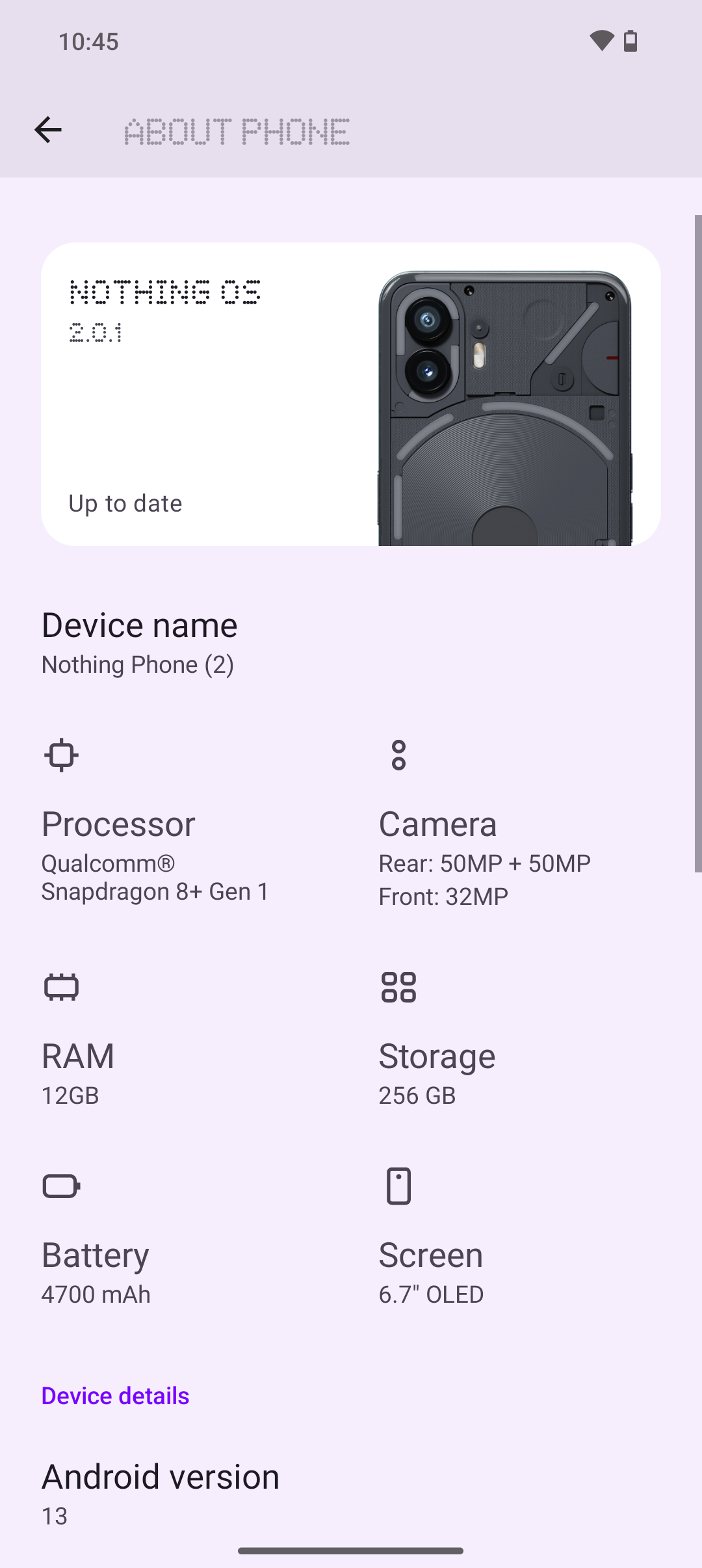
Camera
The Nothing Phone 2 has two 50-megapixel rear cameras: a 50MP Sony IMX890 with optical and electronic stabilization, and a 50MP 114-degree wide-angle with EIS. On the front, the selfie camera is a 32MP shooter. The upgraded cameras this year are a welcomed move from the Phone (1), and generate some great photos all around, specially with the software support which Nothing implemented.

Equipped with an advanced 18-bit Image Signal Processor (ISP), Phone (2) has the ability to process camera data up to 4,000 times more than its predecessor, Phone (1). The new Advanced HDR algorithm takes eight frames with varying exposure levels within the RAW domain of the sensor. This enables it to preserve an abundance of intricate details in each frame, ultimately merging them to produce a final image that captures the most true-to-life result.
In normal day light conditions, the Phone (2) takes great pictures, well-balanced with natural looking colors and sharp details. Video recording is good as well, with 4K resolution at 60fps on the main rear camera. The experience is further enhanced by Action Mode, ensuring seamless filming even while on the move. With built-in EIS (Electronic Image Stabilization) and OIS (Optical Image Stabilization), users can expect flawlessly smooth results. Additionally, the front camera enables captivating self-recording in immersive 1080P at 60fps.
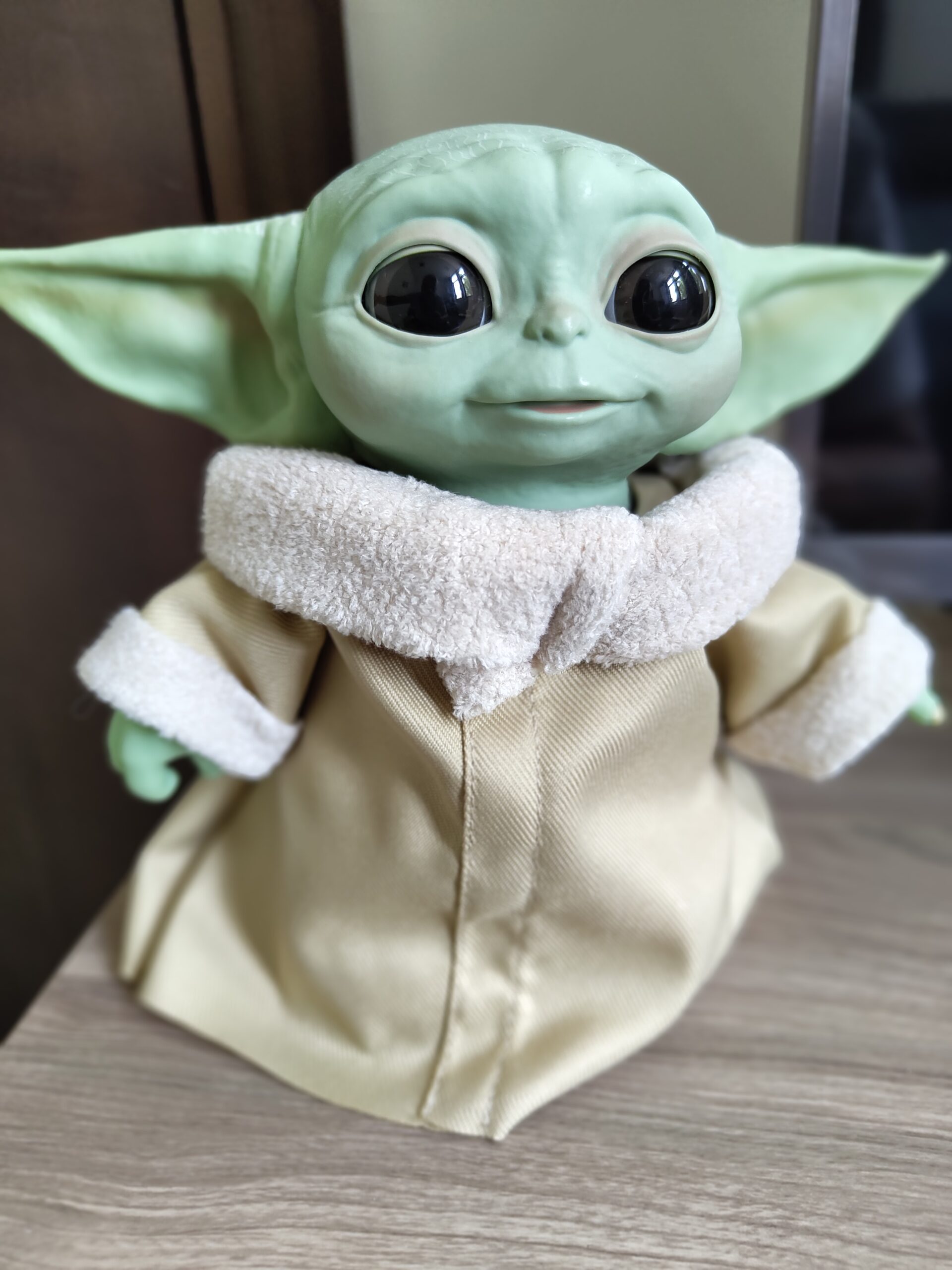


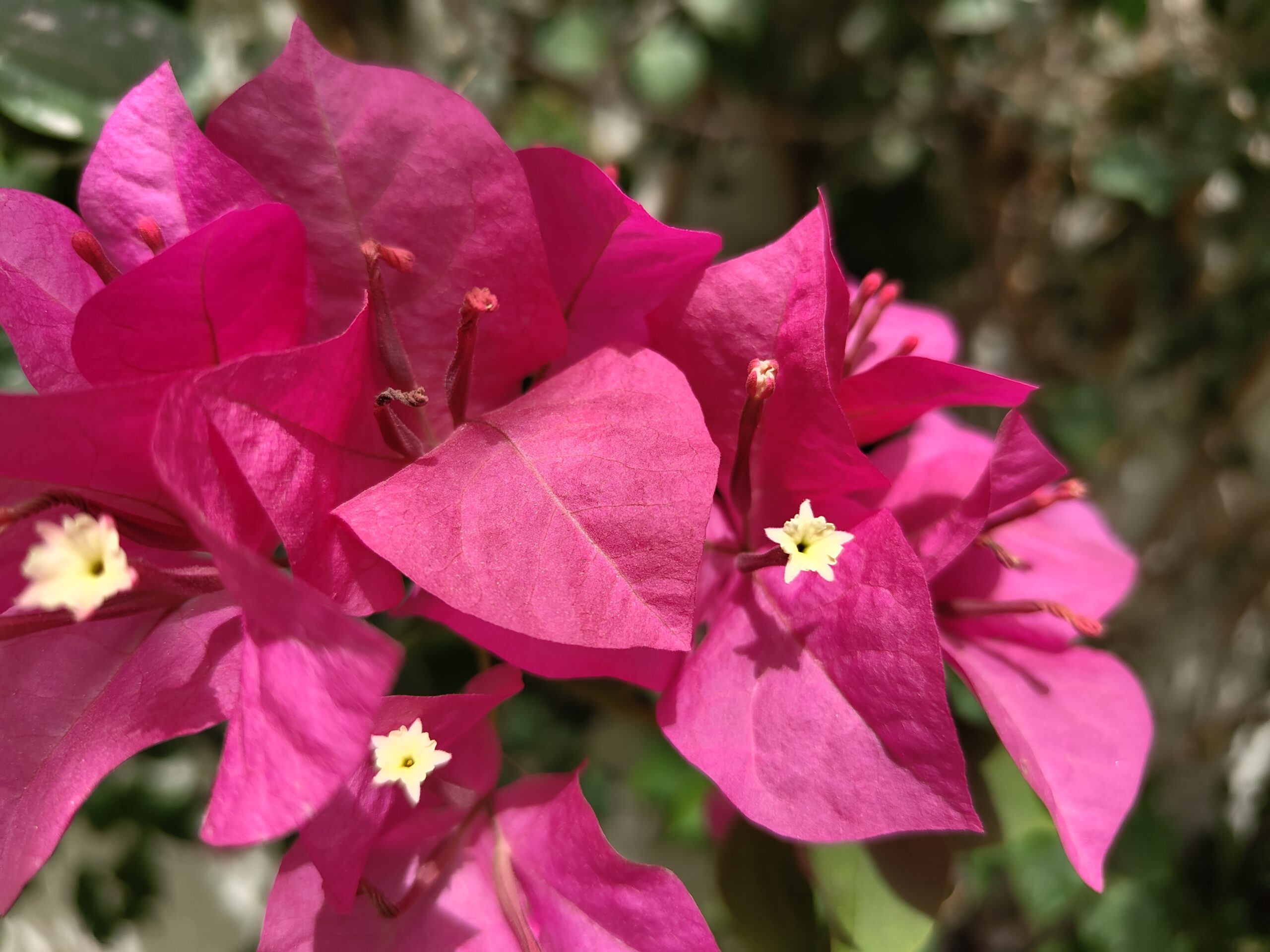
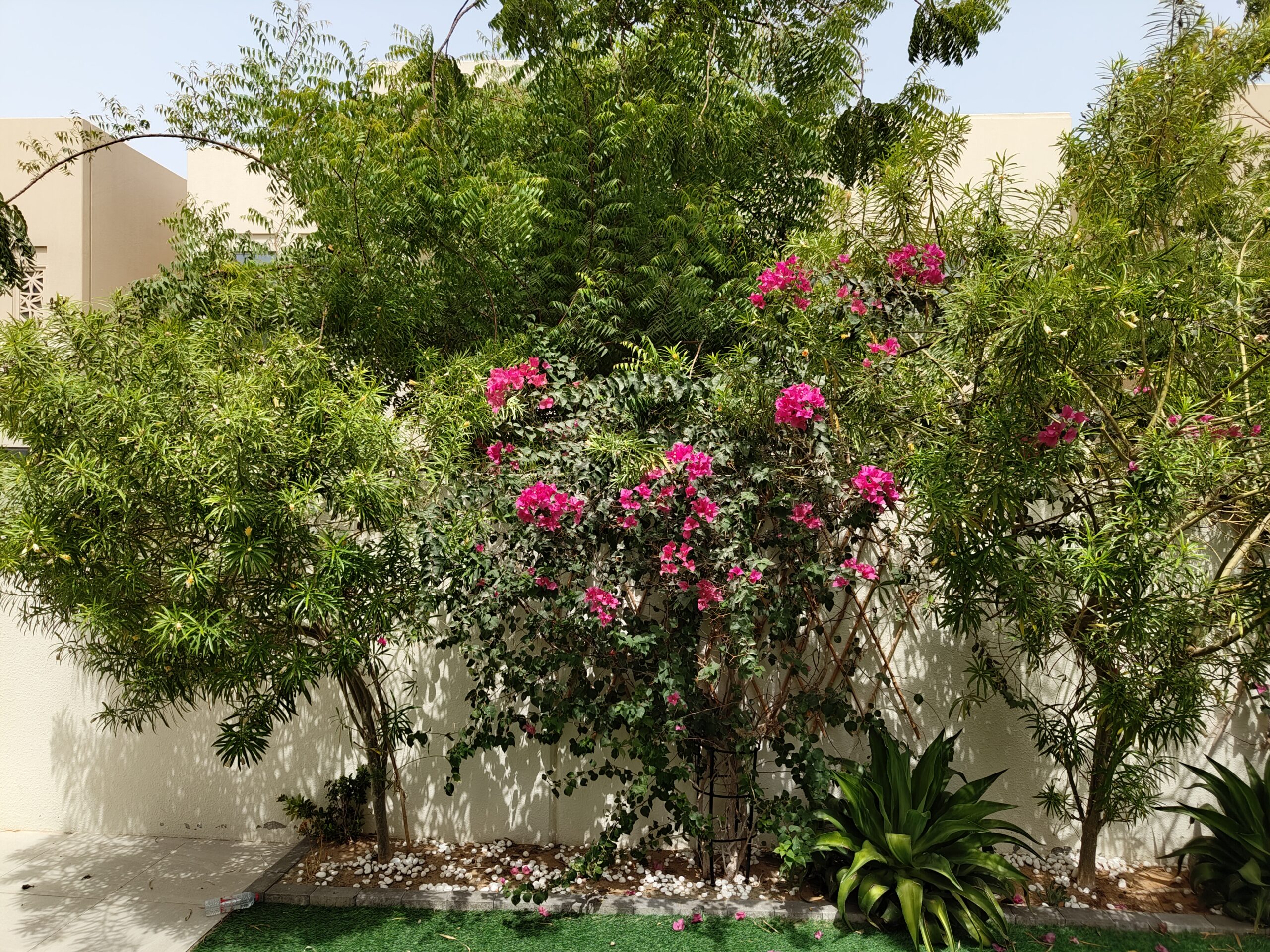



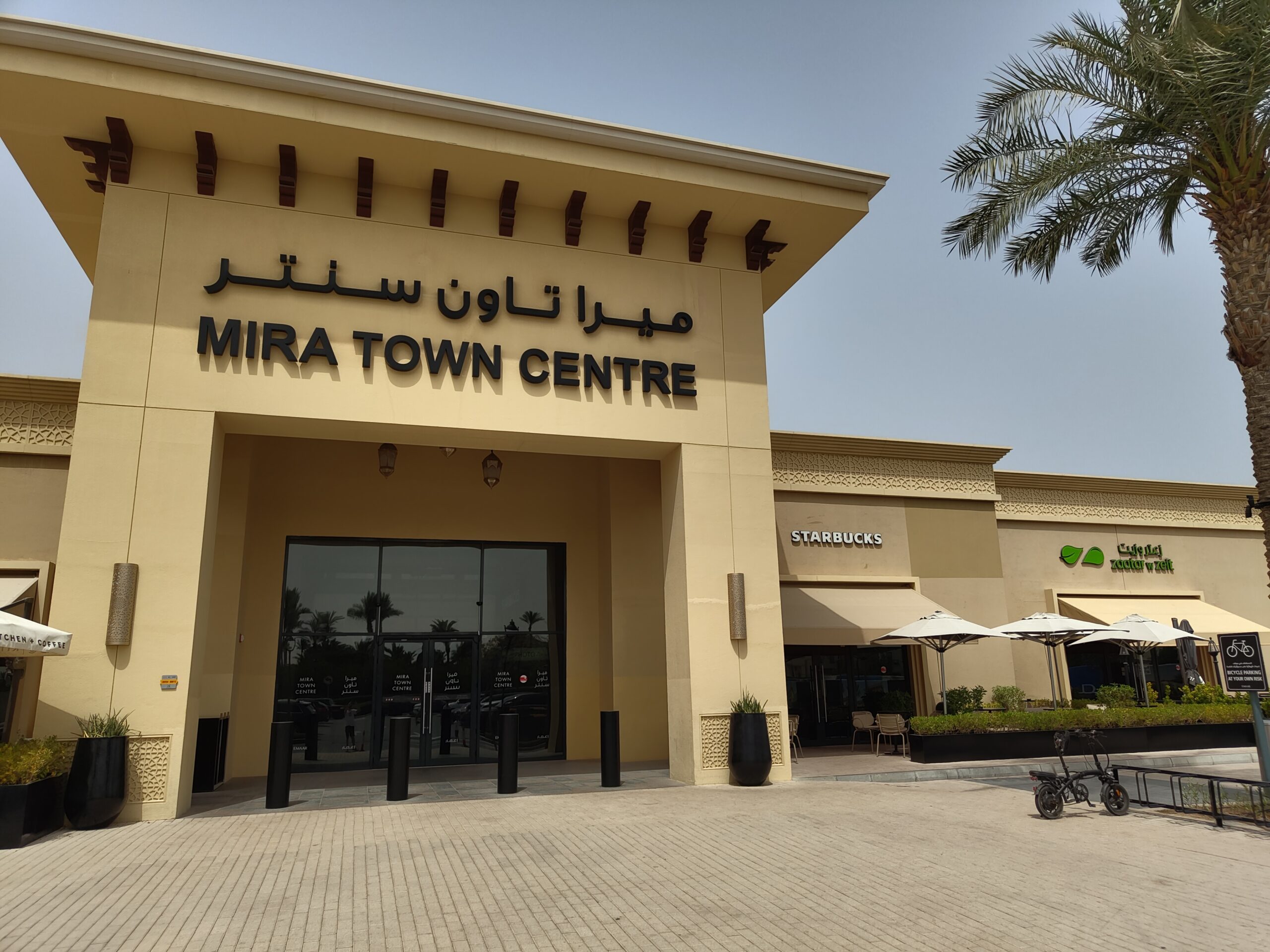
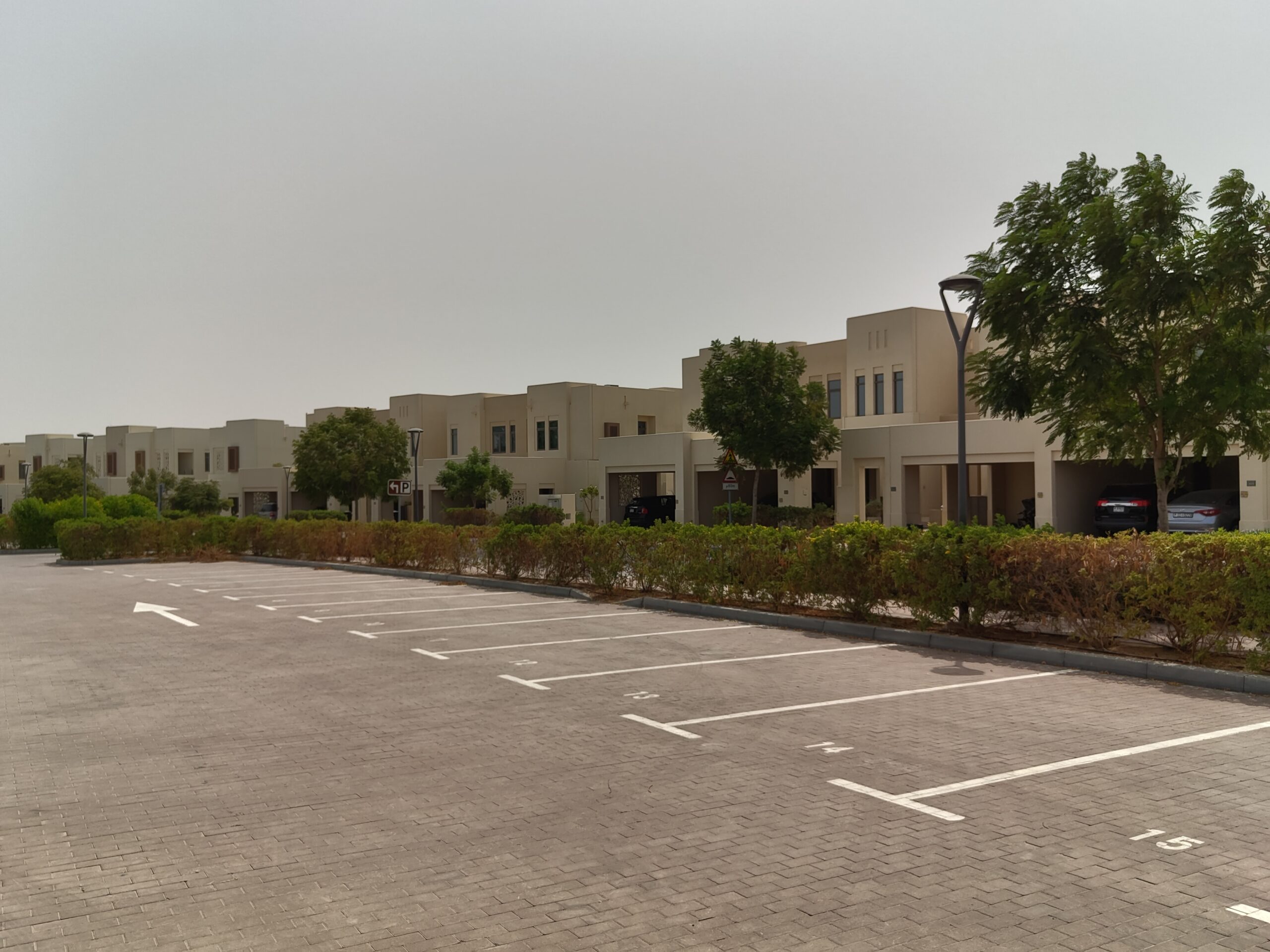


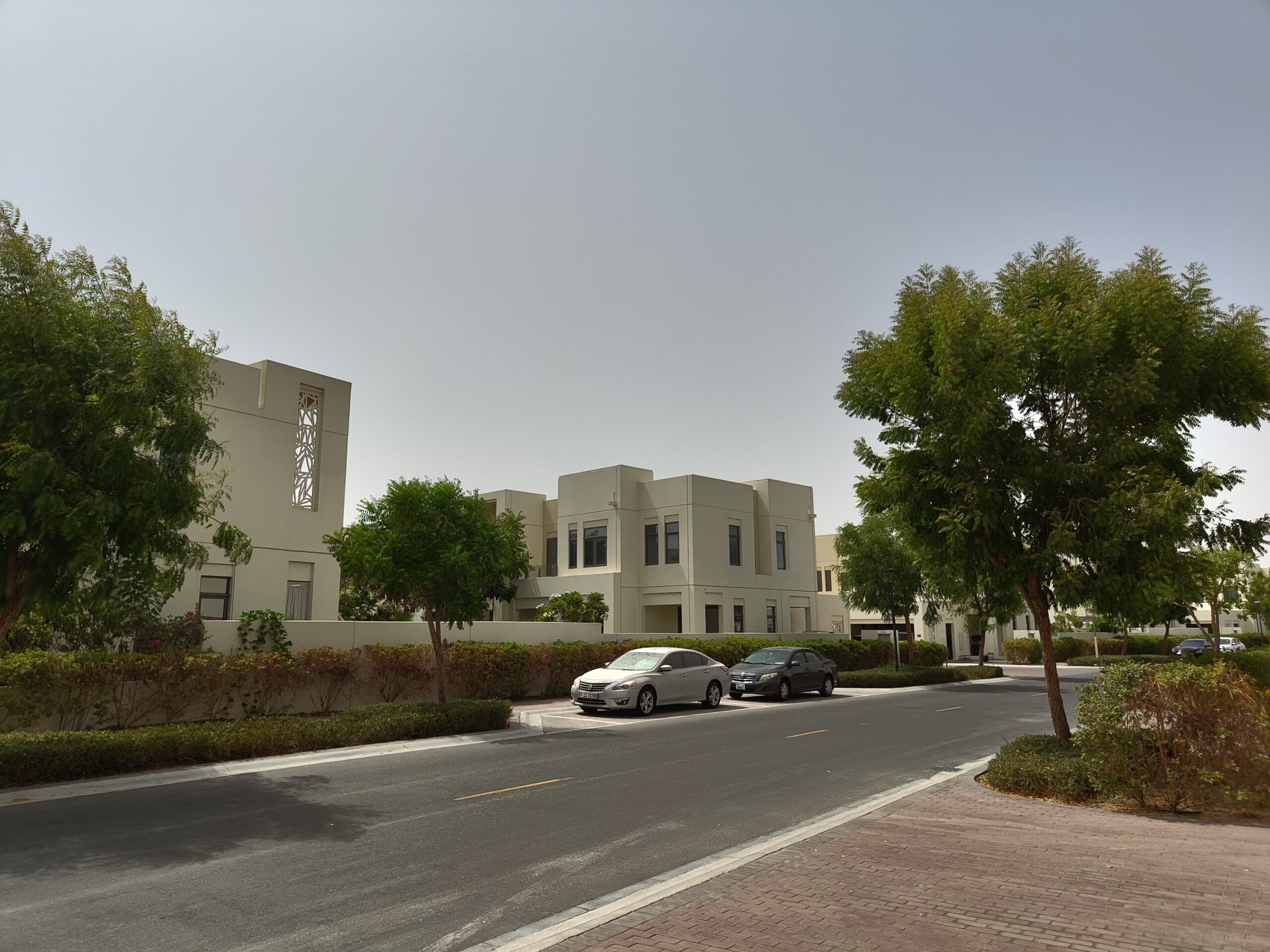
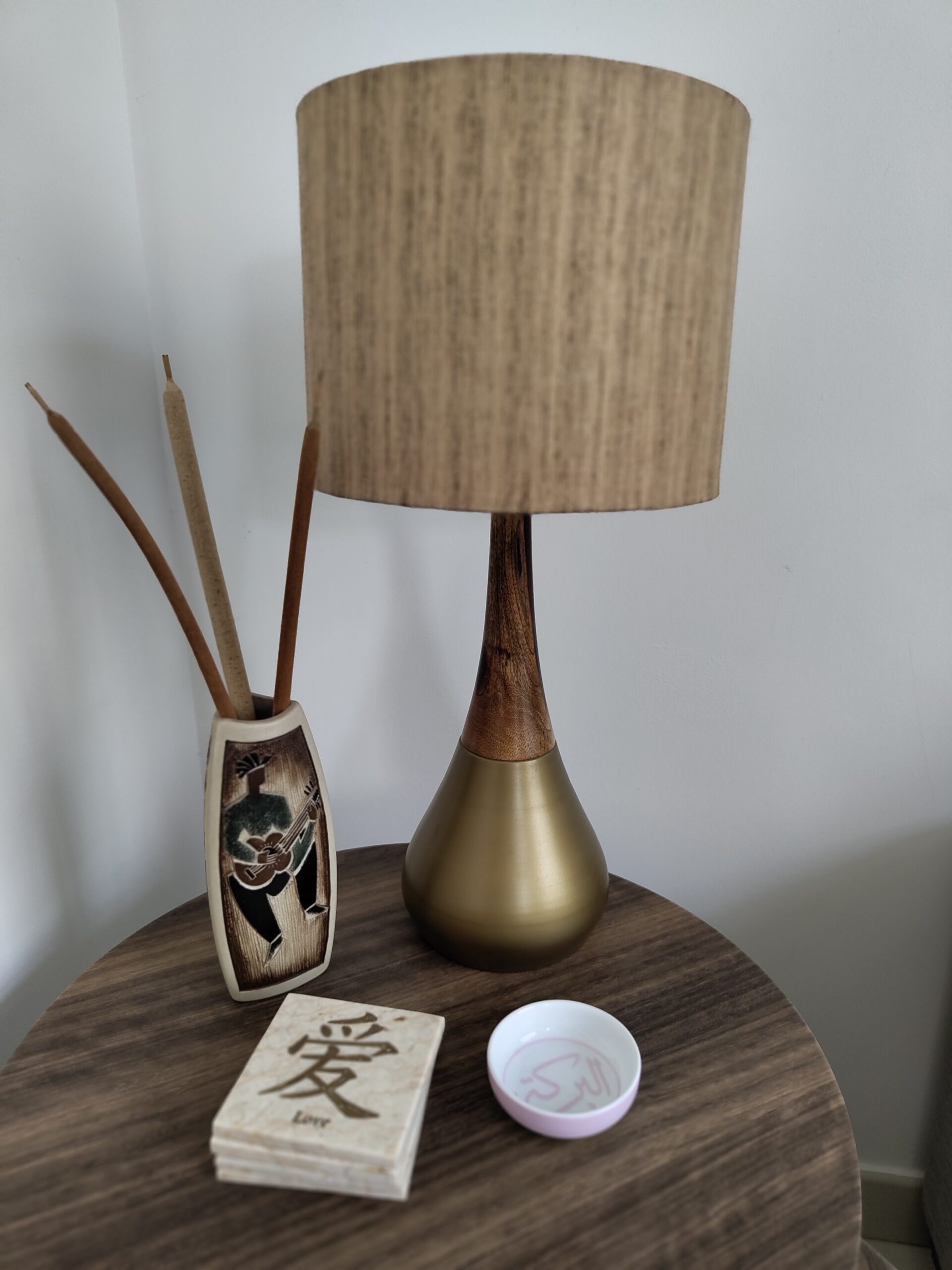
In low light situations, the Phone (2) did ok, not the best in class I would say, but does the job. Not a deal breaker for sure.
The overall performance of the cameras are great for the price point and features Nothing has packed in the Phone (2).
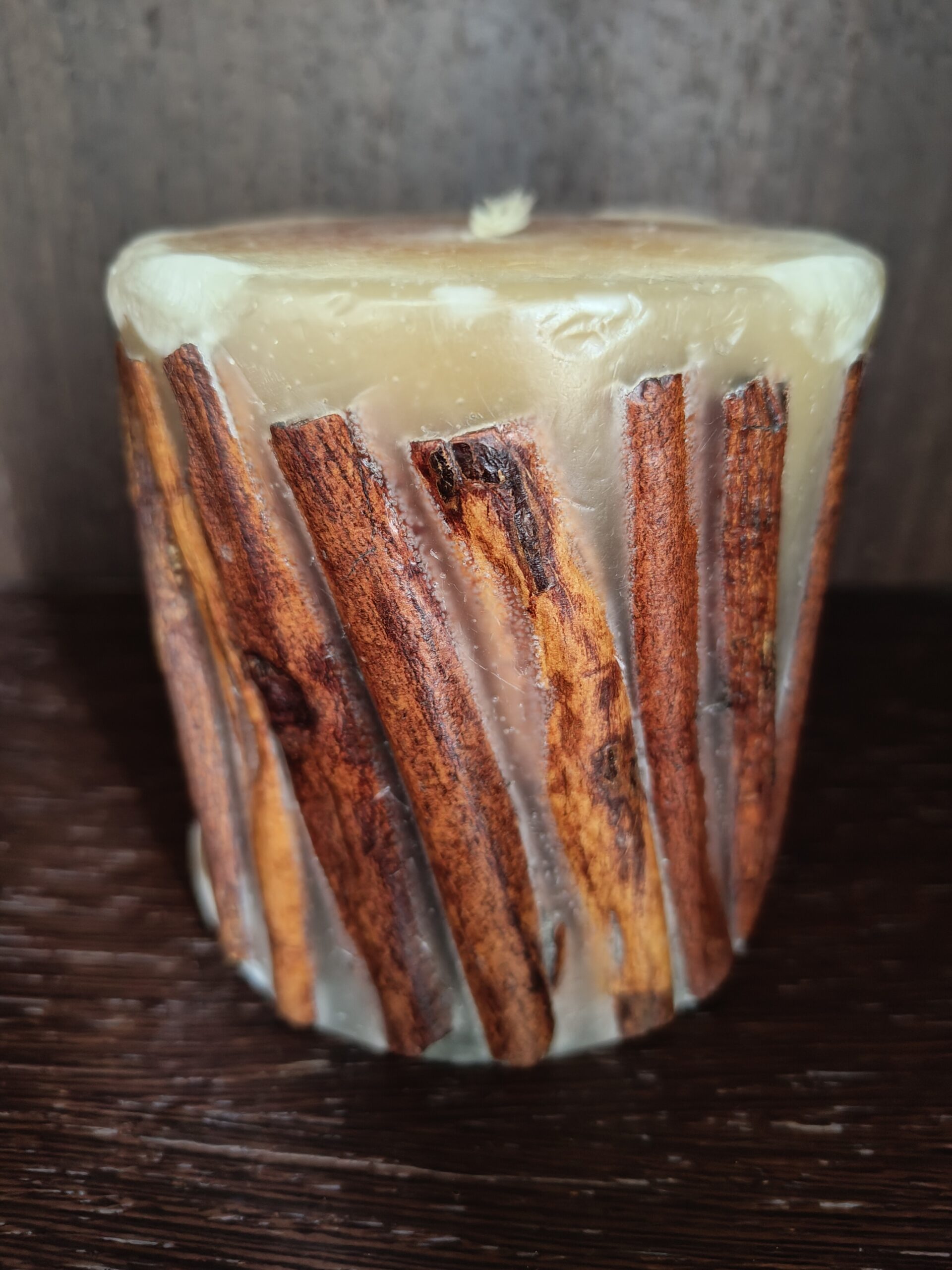
Battery
This is where the Phone (2) really surprised me during the time I was using the phone. The 4,700mAh battery can easily last all day on a full charge. The Snapdragon 8 Plus Gen 1 coupled with Nothing’s optimizations have resulted in an outstanding battery performance. I’ve consistently gotten around 7 hours of screen on time, and that’s with watching videos, playing games, and doing my daily social media activities, along side emails and chatting. The Phone (2) supports 45W fast charging over USB-C.
Nothing says it takes 55 minutes for a full charge, which held during my test, I plugged the phone at 1% and reached 60% in around 30 minutes, and reached 100% in an hour. Wireless charging with its support of 15W, would take around 120 minutes more or less.
Verdict
The Nothing Phone 2’s strong performance, competitive price point, and good cameras makes it a very appealing package, and a no brainer when it comes to recommending it. This phone will surely stand out in the crowd.




